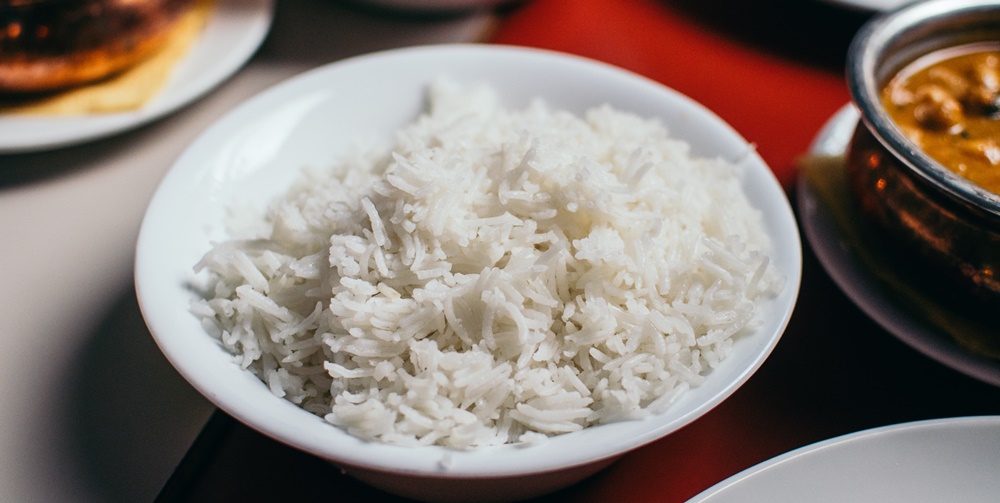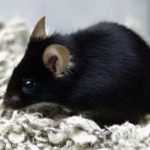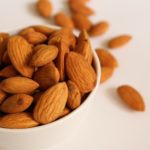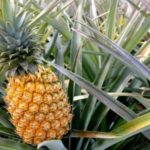Are groats healthier than rice?
Groats are the hulled grains of various cereal grains such as oat, wheat, and rye. This makes a grain easy to digest while still retaining its nutritious value. Groats include the cereal germ and fibre-rich bran portion of the grain as well as the endosperm which is a stored form of energy.
Groats
Groats are used to make porridge and are considered highly nutritious. They contain vitamin E, B-vitamins, calcium, magnesium, and potassium. They also provide us with many trace elements like selenium, copper, zinc, iron, and manganese. They contain soluble and insoluble fibre and improve intestinal health. Groats are good for the health of the cardiovascular system, lower blood pressure and prevent diabetes. The numerous nutritional values of groats are discussed below.
Iron and phosphorus: Groats are a good source of iron and phosphorus on a daily basis. Iron is essential for red call synthesis which carries oxygen from the lungs to all organs. Phosphorus maintains healthy bones and forms DNA and energy stores.
Zinc and copper: The presence of zinc and copper add to the antioxidant properties of oats. This protects us from tissue injury from free radicals. Free radical injury can result in many chronic diseases and these minerals protect us and keep us healthy. Some of these chronic diseases include heart disease, Alzheimer’s disease, Rheumatoid arthritis, cataract and blindness in older people. Zinc is an immunity booster and copper promotes the function of the nervous system.
Polyphenols: Groats contain polyphenols which are known for their antioxidant properties. They suppress cancer growth and detoxify harmful carcinogens or cancer-causing chemicals. They lower the risk of stroke by preventing atherosclerosis.
Beta-glucan is a soluble fibre found in groats. It gives a sensation of fullness after the consumption of groats. This helps in lowering LDL or bad cholesterol which in turn results in a reduction of risk for ischemic heart disease, colorectal cancer and improvement in blood sugar control. It also prevents diarrhoea. Groats also contain insoluble fibre which promotes propulsive intestinal movements. This prevents any constipation which is related to many anorectal conditions like diverticulosis, anal fissure and haemorrhoids.
Saponins: These plant chemicals bind any cholesterol in the intestine and help in lowering the risk of heart disease and stroke.
Aventhramide: Oat groats are a good source of avenanthramide which has anti-inflammatory properties and also prevents itching.
Folic acid: It plays a role in the synthesis of DNA and red cells. It prevents anaemia and neurological birth defects in the newborn. It is a good source of nutrition during pregnancy.
Protein: Groats contain proteins that help in maintaining protein metabolisms like repair of tissues, secretion of enzymes and muscle contraction.
Calcium: Groats contain calcium which is responsible for strong bones and teeth and is essential for nerve and muscle function. It prevents osteoporosis and blood loss due to its role in blood clot formation.
Other useful nutrients in groats include vitamin E, which is a powerful antioxidant. Magnesium helps in maintaining normal blood pressure. Iron, which is an important component of haemoglobin and myoglobin are the oxygen carriers in the body. Thiamine, riboflavin, niacin, pantothenic acid, pyridoxine, cobalamins and biotin and also present in small amounts and play important roles in various metabolic processes.
Rice
Rice is a staple food in many countries. It is cheaper and easier to cook. Its taste is such that it can be consumed with any other food. Rice comes in many varieties and hence its nutritional value varies depending on its source and the way it is cooked. Rice is a rich source of carbohydrates. Its fibre content is much lower than groats. The minerals like phosphorus, zinc, copper, manganese and selenium are present but are lesser than groats. Rice contains B vitamins but they may be lost when water is strained after cooking rice.
Both rice and groats are nutritious and good for health. One cannot replace the other. Both should form part of the diet and should be consumed for their health benefits. Depending on the food habits in different regions of the world, the overall nutritional intake also depends on other types of food consumed with groats or rice.




























